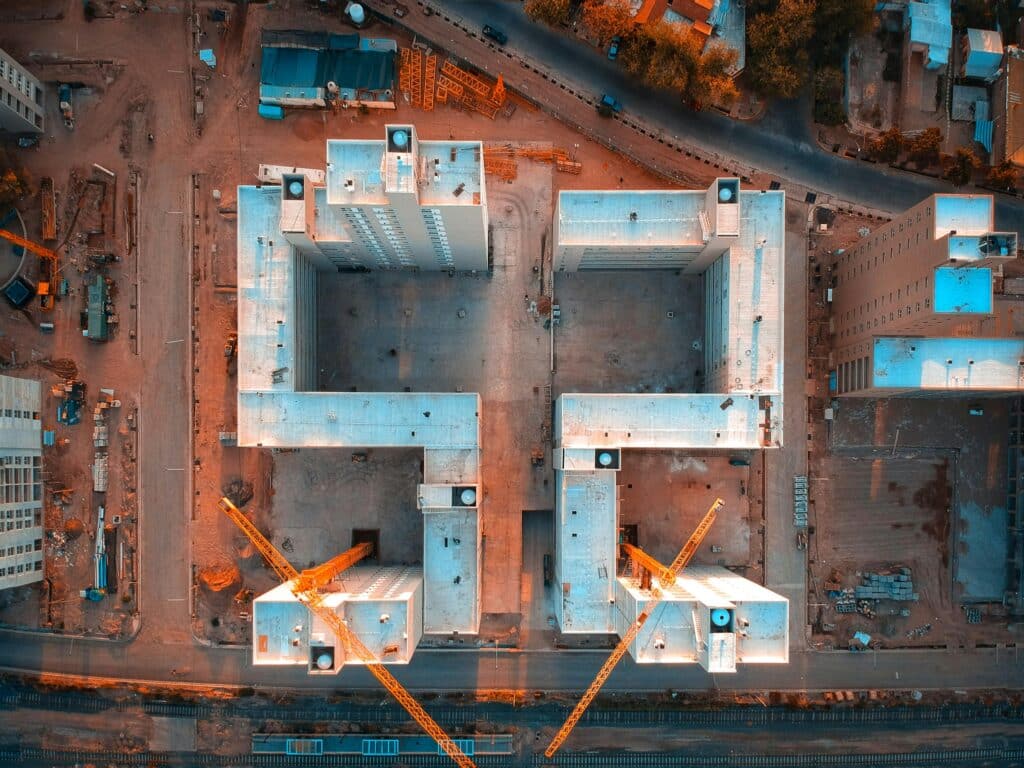Managing change orders in large construction projects is one area where Integrated Project Delivery (IPD) differentiates itself from other delivery models.
The scope of allowed change orders in an IPD agreement is much more limited than in a Guaranteed Maximum Price Construction Manager at Risk or lump sum type agreement.
In IPD agreements, we have three types of change orders, which increase or decrease the contract value:
- Agency change orders
- Discovered site conditions
- Owner scope change
- Agency change orders
Agency change orders usually come from a permitting or regulatory agency that changes a requirement after the project is well into the design phase. These changes are usually not anticipated changes, contrary to standard code cycle changes when the team knows what's coming and has access to the information ahead of time.
Agency change orders are more like a fuel tank requirement change that happens after the fuel tanks are already designed or purchased and a new regulation comes out.
If there is a scope increase, these changes also increase the contract value because the owner carries the risk as the overall developer and benefactor from the completed project.
The Cost Structure of IPD Projects
2. Discovered site conditions
Discovered site conditions that were not readily discoverable are also grounds for change orders. These site conditions are often not easy to recognize with standard pre-construction practices.
For example, after a significant amount of soil borings and excavations, the team finds a spring or a large deposit of rock that did not appear in any of the borings before. As a result, the contract value for the team would need to be increased.
In my IPD projects, I handled this by asking the team what concerns they had and what areas they preferred to investigate to ensure that we didn't have any discovered site conditions and any areas that I couldn't get them access to until we started construction, such as certain rooms in a hospital.
Another option is to bracket the discovered site conditions by stating that discovered site conditions are at risk, but only within a specific room or a certain group of rooms, and for anything else the team is responsible. The goal is to push everybody to do the appropriate level of investigation and not just proceed with design knowing that any differences are guaranteed change orders in the future.
Profit at Risk Within an IPD Framework

Image: Mikael Blomkvist via Pexels
3. Owner scope change
The last and most common change order on IPD projects is the owner scope change, meaning the owner changes the scope of the project.
This is especially common in healthcare where the duration of the jobs is longer than the regular iterative cycles of imaging equipment updates, which usually happens much quicker than we can design and build the building.
Commonly, the owner will change the imaging equipment at the end of construction to make sure we're installing the most current technology. However, this often results in changes in conduits, power, mechanical and structural processes. By quantifying these changes, or the scope of the project, the owner will increase the contract value.
Another common owner scope change is the decision to build out planned shelf space during construction. As a result, the team gets an increase in contract value.
The flip side of change orders is errors and omissions, such as coordination issues, means and methods, or material substitutions–none of those are grounds for a change order within an IPD contract.
In the article Setting Contingency, I covered that the team has a guaranteed cost. If there's a mistake, the team gets paid for it. They don't do the work for free. There's a contingency to cover these change orders. Should the contingency be exhausted there's a profit pool, and, ultimately, the owner will cover it.
However, the contingency does not increase the contract value, which means the team is essentially at risk for those types of changes.
In reality, the owner is not spending the majority of their time trying to get the base job done. They're not reviewing every single RFI and trying to determine whose fault it was. And the design and construction team is not writing every single email trying to protect themselves from having to do work for free.
The owner spends the majority of their time working with their stakeholders, figuring out what owner changes might cost and how they would affect the job. So they get to work on integrating change into the project without disrupting the flow and schedule of the project as opposed to spending the majority of their time fighting or arguing with the team about why they have to pay more to get the original intended scope of the project.
Managing change orders highlights the unique dynamics in IPD projects
The Management of change orders in IPD projects differs significantly from other delivery models, highlighting the unique dynamics within the IPD framework. The restricted scope of allowed change orders distinguishes IPD agreements, with three primary types – agency change orders, discovered site conditions, and owner scope changes – influencing the contract value.
Agency change orders often result from regulatory shifts, requiring adaptability in the design phase. Discovered site conditions, arising from unforeseen circumstances, demand a proactive approach to investigation, minimizing surprises during construction. Owner scope changes, frequent in the healthcare sector, necessitate adjusting the project scope, impacting contract value.
IPD teams bear the risk of changes not covered by contingency, emphasizing the importance of strategic planning and effective communication. The IPD framework fosters collaboration, allowing owners to focus on integrating changes without excessive conflict, ensuring project continuity and success.
Want to take your construction project to the next level?
The introductory online course to integrated project delivery, designed by the Integrated Project Delivery Alliance (IPDA) and LeanIPD, is for intermediate-level construction professionals who want to deliver complex projects on time, on budget, and with the original intended scope and value proposition.
For those who want to dive deeper, the advanced online course delivers the specifics of Integrated Project Delivery and teaches project owners how to set up and manage their construction projects with IPD. From aligning incentives through shared risk-reward structures to implementing target value design and understanding change orders in an IPD framework, this course will provide the skills to take construction projects to the next level.
Feature image: Juan Cruz via Pexels
James is an expert in the set-up and structure of large, complex capital projects using Lean and Integrated Project Delivery to drive highly reliable results.
He has negotiated IPD contracts and delivered over $650M in complex healthcare projects as an Owner's Representative with multiparty contracts, aligned team incentives and collaborative delivery models.




